The marathon event, is the longest running event held at the Olympic Games, where competitors race over a distance of 42.195 km (26.219 miles) on a set road course. The marathon distance became standardised in 1921 but a version of the marathon event was held at the first modern Olympic Games in 1896. The women’s marathon event was first held in the 1984 Los Angeles Olympic Games. Before that the first official IAAF women’s marathon was held in Tokyo in November 1979 after going through a long process before it became a recognised event. To read more on the women’s marathon see this article here.
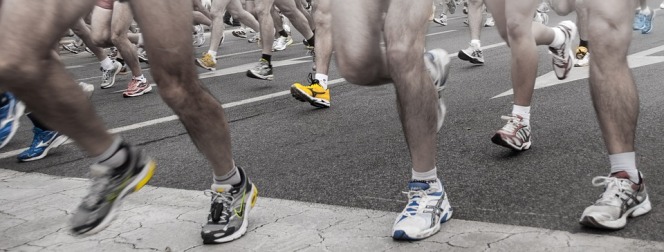
We have again put the marathon records through the same datasheet treatment, check out the results here:
Dominant nations
In the 1980s, the first decade of the women’s marathon event, the USA was a dominant country along with Great Britain and Portugal. In the 1990s, there was a spread of dominant countries which included Germany, Roumania and Poland from Europe. In the 2000s, Kenya came to dominate the event and from 2010 onwards the majority of top women’s marathon runners are from African countries.
There is a similar tale in the men’s event, with European countries dominating the event in the early decades. A new kid on the block, Japan shows up as a dominant country since the start of the marathon event with their peak dominance showing through in the 1960s. In fact Japan is currently the most dominant country throughout the life of the marathon event with 16.36% of the total athletes in the top 25 lists. The Japanese have a little known culture of marathon racing dating back centuries and to find out more have a look at this article. It is interesting to read that the claimed attributes of Japanese success — a mixture of excellent genetics and a strong running culture — are exactly the same for the current dominant country, Kenya.
Since the 1990s there has been no stopping the rise and dominance of Kenyan and Ethiopian runners in the marathon event. From 2010 it is now only really a two horse race between Kenya and Ethiopia. In the most recent decade currently Kenya is top dog and has the most top performances at 96. A detailed look at the rise of African runners can be found in our original blog post here.
Dominant Individuals
In the women’s marathon event, Ingrid Kristiansen from Norway and Rosa Mota from Portugal were in the top 3 for 6 years in the 1980s. Paula Radcliffe, the current world record holder, was in the top 3 of the event for 4 years. This could show that in recent times the marathon event has become increasingly competitive and women athletes are finding it more difficult to stay within the top 3 for extended periods of time. Paula Radcliffe’s 2003 world record still stands today. She ran the London 2003 marathon in a time of 2 hours 15 mins and 25 seconds. Paula was aided by male pace makers and there was some controversy surrounding this; her record was rescinded for a period of time before being reinstated. There was an argument that the male pacemakers which are now not permitted by the rules allowed her to run a faster time.
In the men’s event John A Kelley, (no relation to The Centre for Sports Engineering Research very own John Kelley) was in the top 3 for 6 years again in the early period of the event. Khalid Khannouchi in more recent times stayed in the top 3 for 5 years of the event.
One thing seems apparent, a marathon runner’s time at the time at the top is much more brief than in other sports. The physical demands of being at the top may influence the amount of time you can stay there!
Dennis Kimetto from Kenya currently holds the men’s marathon record at 2 hours 2 minutes and 57 seconds. This was set at the 2014 Berlin marathon which is one of the faster marathon events.
Performance History
Performance in the marathon event like all sporting events has dramatically improved over the last century, with the mean of the top 25 in the men’s event dropping by approximately 52 minutes (approximately 30%) from the first year data was collected in 1921 to 2015. As with other sporting events, we see an exponential decrease in performance time with year to year improvements getting smaller and smaller.
The reason behind this is believed to be down to human athletes reaching a physiological limit, and that the most suited athletes for the marathon event are now competing. Additionally, it is believed that training and tactics are becoming perfected. Only very small gains in performance are now seen in this event.
Interestingly in the women’s marathon, the data we have available from 1981 does not follow an exponential trend like the men’s event. It would seem that women marathon runners from the 1980s onwards were already highly competitive and we see only small year on year steps in performance. This could be because the women’s marathon events were already being held unofficially before the 1980s, and the process of improvement gains in the event had already taken place over a number of years. A more complete data-set is available on Wikipedia.
The two hour barrier – can we break it?
We looked at whether the 2 hour marathon barrier will ever be broken, in our previous blog article in 2010. With the data we had available back in 2010 we believed the 2 hour barrier will never be broken. This is the chart that went along with that blog article:
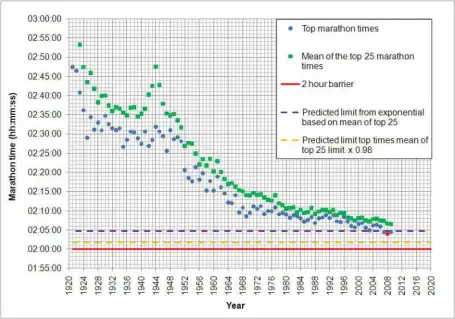
We have updated this figure with the most recent data and plotted a more detail graph below:
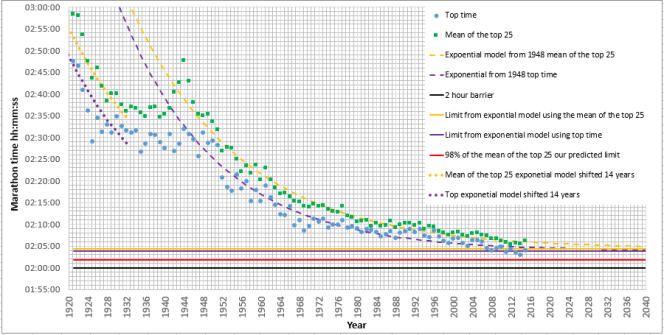
Again using regression analysis, we applied two standard exponential decay functions to model the marathon performances times, one for the yearly best and one for the mean of the top 25. We only fitted the models using data from 1948 onwards to avoid any skewing the fit of each of the models. Therefore, data prior to 1948 will not fit the current models. However it is interesting to see that if we take out data from the period 1932 – 1948 where we see a stagnation in performance improvements, the exponential models do appear to fit the data well. We shifted exponential models on the figure, 14 years to show this.
The predicted limits of each of the models is shown on the graph. The predicted limit of the best time is 2 hours, 3 minutes and 53 seconds and with the scatter present on the data we see that this modelled limit has already been surpassed with the current world record. Using the same method as our 2010 blog article and taking the 98% of the mean of the top 25 predicted limit we get a potentially more representative estimate of 2 hours 1 minute and 53 seconds. This is close to our original prediction of 2 hours 1 minute and 48 seconds. Using the mean of the 25 data appears to give a more stable indication of the limits of the performance as relatively large year on year fluctuations in performance are not seen.
Using this regression analysis, as it currently stands it appears that the men’s marathon event is still 1 minute and 53 seconds away from the two-hour barrier and leads us to think that this performance ceiling will still not be passed. However, again we need to put a disclaimer in here and state that all predictions based on historic statistics are only best guesses! Ultimately there could be external factors which come in to play which may increase marathon performances which will then enable humans to break the two-hour marathon record.
Fusionex is a multi-award winning IT software group that helps businesses to improve – by becoming a more data driven organisation – through the use of its powerful and easy to use analytics platform.

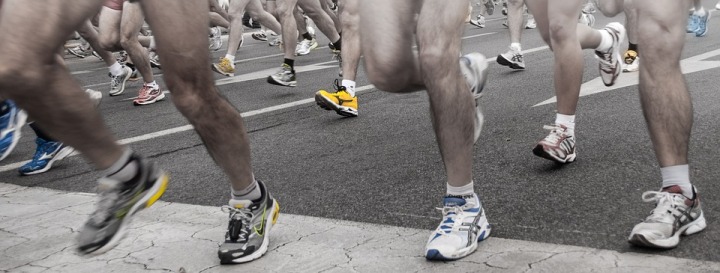
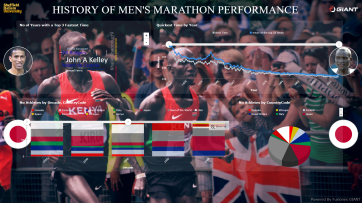
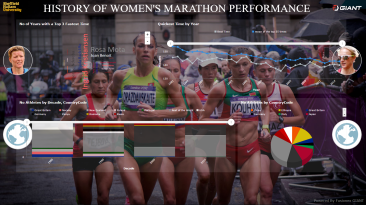
Another good blog, well done. Sub two hours: only a matter of time . . . While the relationship between mean speed on the abscissa and some measure of effort on the ordinate is probably exponential, and hence, effort to run sub-two hours will be extraordinarily high, the asymptotic nature of the curve means that gradual chipping of times will occur. Although, to use your caveat, Zeno’s paradox indicates that two hours will not be broken. However, that same paradox demonstrates without question, that the hare will never catch the tortoise.
LikeLike